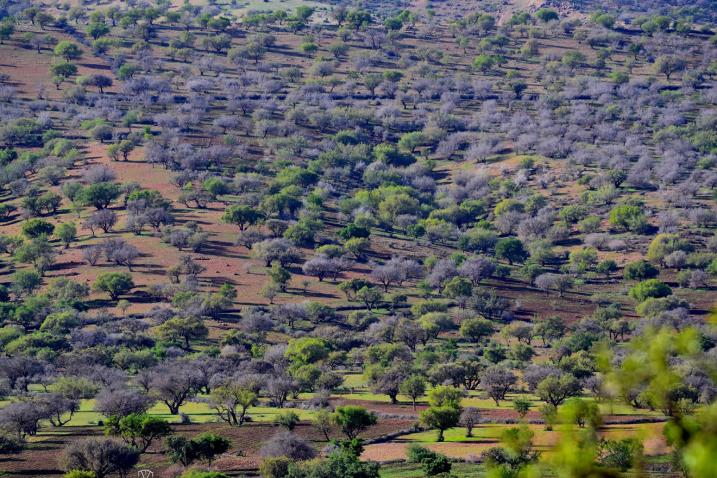Recently, the Moroccan government authorized the exploitation of cannabis, with the country being one of the largest producers globally. Does the legalization of cannabis represent a blessing or a curse for local producers and small farmers?
After legalizing cannabis cultivation in 2022, the kingdom decided to develop its production, primarily for medical and industrial purposes. In the same year, nearly 300 tons were produced by 32 regional cooperatives covering an area exceeding 277 hectares. According to the UN, in 2021, Morocco was the world’s largest producer of cannabis resin, with an estimated 55,000 hectares dedicated solely to this crop. Thus, opting for the legalization of cannabis was inevitable.
It should be noted that for years, cannabis plants (Cannabaceae) have grown naturally in northern Morocco. Hundreds of hectares, generally underexploited or cultivated, produce cannabis sold clandestinely. There are numerous family-run farms. These regions extend from Ketama, the historic area known for this cultivation, to El Hoceima, passing through Chefchaouen, Ouazzane, and Taounate. For these families, selling cannabis represents the only means of subsistence. This green goldmine is thus a boon for the kingdom, whose value could reach nearly $73.6 billion by 2027, thanks to the legalization of cannabis.
However, farmers specializing in kif cultivation face a dilemma. They now resort to hybrid cannabis varieties to improve crop quality and yield. Yet, these varieties are highly water-intensive, while the country faces a water crisis. To address this, the Water Department and the Ministry of Agriculture are collaborating with farmers to implement more environmentally friendly irrigation techniques.
Thus, the legalization of cannabis in Morocco represents a blessing for the country but potentially a water consumption pitfall, countering national ecological efforts.




